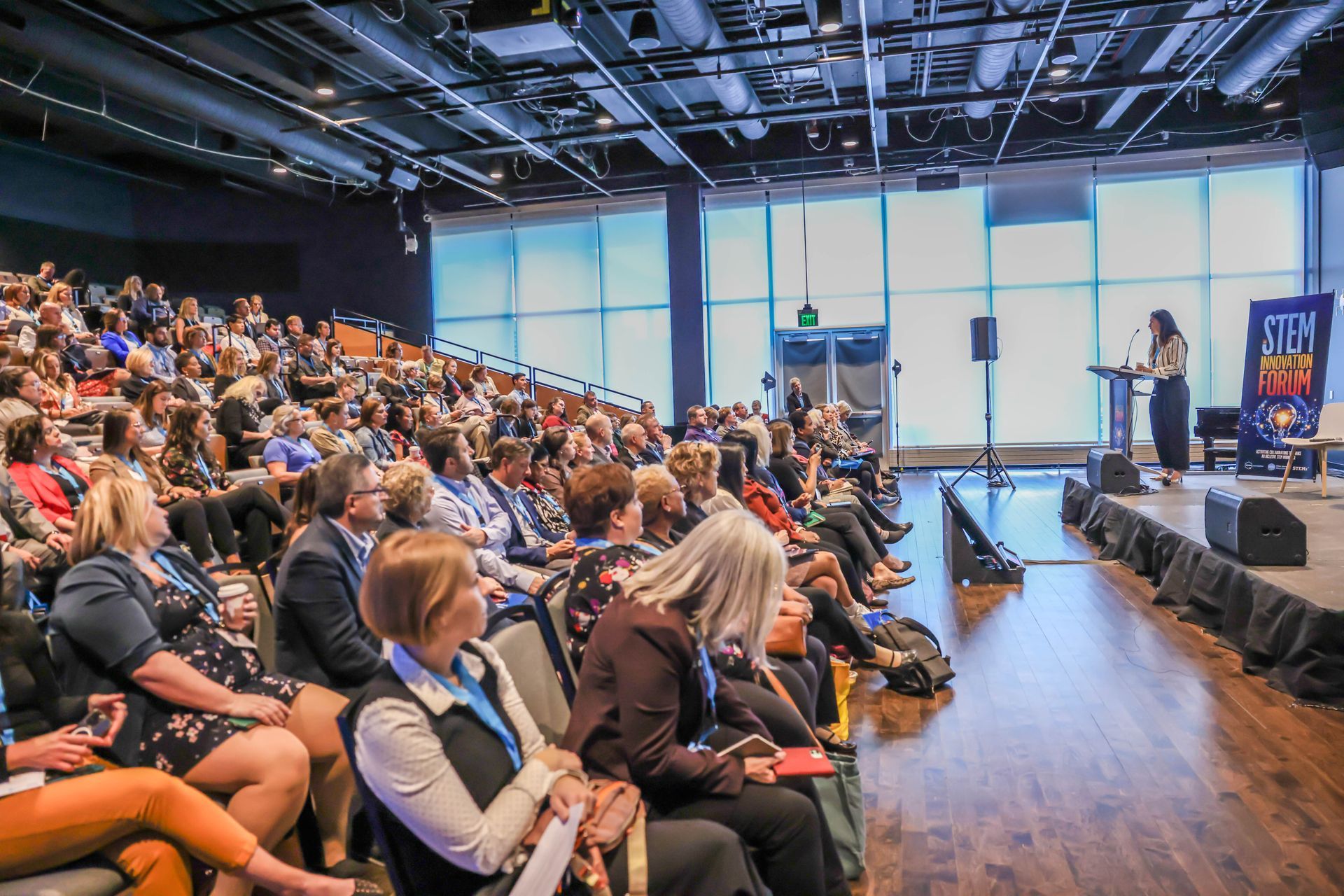Detailed evaluation guides Iowa STEM
How are STEM programs doing in your state? Are they reaching the students who need them the most? Are they effective in inspiring and educating the next generation of skilled, innovative and inventive game-changers? How does a state evaluate its STEM programs? The annual report of the Iowa STEM Monitoring Project can serve as a guideline. We asked Jeff Weld, executive director of the Iowa Governor’s STEM Advisory Council and associate professor of biology at the University of Northern Iowa at Cedar Falls, to give us background on his state’s annual report:
Jeff Weld plays a key role in Iowa’s evaluation process. He’s the executive director of the Iowa Governor’s STEM Advisory Council and associate professor of biology at the University of Northern Iowa Cedar Falls.
Q: What motivated your team to conduct this evaluation?
A: Iowa’s 5-year-old statewide STEM initiative is evaluated every year by an independent consortium of evaluation centers of the state’s three public universities. They were commissioned by the Governor’s STEM Advisory Council to conduct a study in year 1, and funding has been reserved each year for an annual assessment. Our motive is a desire to have an external, objective eye on our work that can provide data upon which we can gauge progress and make decisions moving forward.
Q: How did you conduct this evaluation? Did you have a large budget and staff, or a relatively small budget and staff? If the latter, how did you do it?
A: The annual budget for statewide STEM evaluation in Iowa is $189,700, that’s just under four percent of the annual STEM state appropriation. The evaluators consist of a lead individual who coordinates three institutional research centers where one or two people work part-time on Iowa STEM’s contract amid their other duties. The statewide testing service provides a wealth of data to the evaluators as well. And, the operations staff assists with data gathering.
Q: How did you choose which aspects of STEM to measure? Were just Iowa programs/students/educators evaluated, or were Iowa results compared with other states’ and/or with nationwide figures?
A: Early on, STEM Council representatives worked with the evaluation consortium to determine metrics (we are at 19 metrics) that would be annually monitored, ranging from K-12 test scores, attitudes, enrollment trends, collegiate enrollment trends, employment trends, public attitudes and more. Some national figures are monitored as backdrops for Iowa’s progress, such as NAEP and ACT scores.
Q: How did you communicate your results to your key audiences?
A: A variety of communication tactics get the word out. Each fall, when the report is delivered, the governor holds a news conference to debut the results. From there, we package key findings in the form of legislative briefs, media releases, talks and presentations to various groups, social media, etc.

Q: How did you decide upon your creative presentation?
A: Creativity associated with packaging news regarding the annual STEM evaluation findings comes through the STEM Council’s communications specialist working with the STEM Council’s messaging partner, advertising firm Strategic America.
Q: What, in your opinion, were the most important results of your study? Did any results surprise you, delight you or discourage you?
A: The overarching goals of the STEM Council are to increase performance and interest in STEM subjects for K-12 youth. So the metrics I personally find most valuable are those that tell us what sort of progress we’re making on those two goals. To my pleasant surprise, participants in our STEM programs are outperforming their peers in math and science on the statewide exam and are reporting stronger attitudes about study/careers in STEM. I am also pleasantly surprised that random public surveys regarding STEM unearth 90 percent support for STEM education. What continues to drive me and the entire team are lagging indicators such as growth across socioeconomic, geographic, ethnic and gender spectra. We want all young Iowans succeeding at the same pace, and that is not always so.
Q: What would you change when conducting the next evaluation?
A: If resources were limitless, we would expand the array of metrics and incorporate deep qualitative analyses that get into the “why” behind the numeric “what” that we readily see. Why do some kids thrive and not all? Why do some youth opt out of STEM coursework at the secondary level? Why do some choose STEM post-secondary study and not others?
Q: Is there anything else we should know about this annual report, the way the evaluation was conducted or any other aspect of this project?
A: This year we added two metrics: Do participants in our STEM program show a greater inclination to desire to stay and learn and work in Iowa beyond their schooling? Do graduates from Iowa schools who participate in STEM programs show greater inclination to take up post-secondary STEM studies?
The annual reports are posted publicly at http://iowastem.gov/iowa-stem-evaluation.
Edited by Patricia Bitler , freelance writer and editor.





